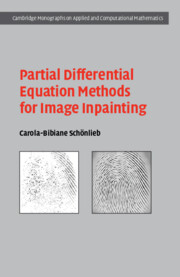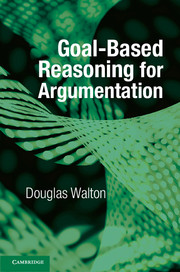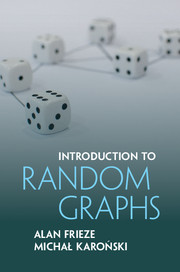Refine search
Actions for selected content:
48287 results in Computer Science
OSO volume 20 issue 3 Cover and Front matter
-
- Journal:
- Organised Sound / Volume 20 / Issue 3 / December 2015
- Published online by Cambridge University Press:
- 16 November 2015, pp. f1-f2
- Print publication:
- December 2015
-
- Article
-
- You have access
- Export citation
Sound and movie examples – volume 20
-
- Journal:
- Organised Sound / Volume 20 / Issue 3 / December 2015
- Published online by Cambridge University Press:
- 16 November 2015, p. 357
- Print publication:
- December 2015
-
- Article
- Export citation
OSO volume 20 issue 3 Cover and Back matter
-
- Journal:
- Organised Sound / Volume 20 / Issue 3 / December 2015
- Published online by Cambridge University Press:
- 16 November 2015, pp. b1-b9
- Print publication:
- December 2015
-
- Article
-
- You have access
- Export citation
The Listener in François Bayle’s Works: A resonant subject in a living space
-
- Journal:
- Organised Sound / Volume 20 / Issue 3 / December 2015
- Published online by Cambridge University Press:
- 16 November 2015, pp. 308-315
- Print publication:
- December 2015
-
- Article
- Export citation
The Materiality of Space*
-
- Journal:
- Organised Sound / Volume 20 / Issue 3 / December 2015
- Published online by Cambridge University Press:
- 16 November 2015, pp. 323-330
- Print publication:
- December 2015
-
- Article
- Export citation
Music, Multimedia and Spectacle: The one-man band and audience relationships in the digital age
-
- Journal:
- Organised Sound / Volume 20 / Issue 3 / December 2015
- Published online by Cambridge University Press:
- 16 November 2015, pp. 349-356
- Print publication:
- December 2015
-
- Article
- Export citation
Interacting with Cage: Realising classic electronic works with contemporary technologies
-
- Journal:
- Organised Sound / Volume 20 / Issue 3 / December 2015
- Published online by Cambridge University Press:
- 16 November 2015, pp. 290-299
- Print publication:
- December 2015
-
- Article
- Export citation
Translating text into pictographs
-
- Journal:
- Natural Language Engineering / Volume 23 / Issue 2 / March 2017
- Published online by Cambridge University Press:
- 11 November 2015, pp. 217-244
-
- Article
- Export citation
Pure type systems with explicit substitutions
- Part of
-
- Journal:
- Journal of Functional Programming / Volume 25 / 2015
- Published online by Cambridge University Press:
- 09 November 2015, e19
-
- Article
-
- You have access
- Export citation

Partial Differential Equation Methods for Image Inpainting
-
- Published online:
- 05 November 2015
- Print publication:
- 26 October 2015

Goal-based Reasoning for Argumentation
-
- Published online:
- 05 November 2015
- Print publication:
- 25 August 2015
Survey about citation context analysis: Tasks, techniques, and resources
-
- Journal:
- Natural Language Engineering / Volume 22 / Issue 3 / May 2016
- Published online by Cambridge University Press:
- 05 November 2015, pp. 327-349
-
- Article
- Export citation
Verified decision procedures for MSO on words based on derivatives of regular expressions
- Part of
-
- Journal:
- Journal of Functional Programming / Volume 25 / 2015
- Published online by Cambridge University Press:
- 05 November 2015, e18
-
- Article
-
- You have access
- Export citation

Introduction to Random Graphs
-
- Published online:
- 05 November 2015
- Print publication:
- 26 October 2015
Improving human understanding and design of complex multi-level systems with animation and parametric relationship supports
-
- Journal:
- Design Science / Volume 1 / 01 October 2015
- Published online by Cambridge University Press:
- 03 November 2015, e3
-
- Article
-
- You have access
- Open access
- HTML
- Export citation
